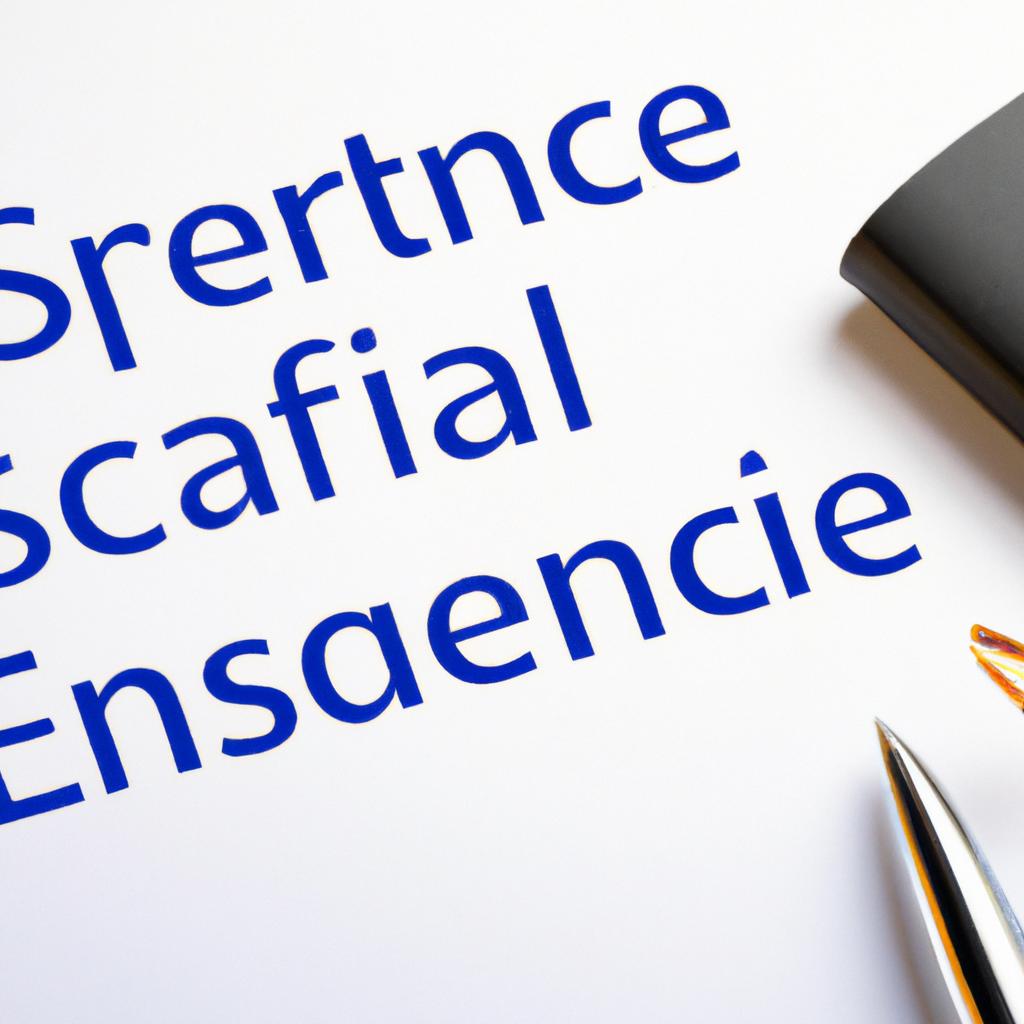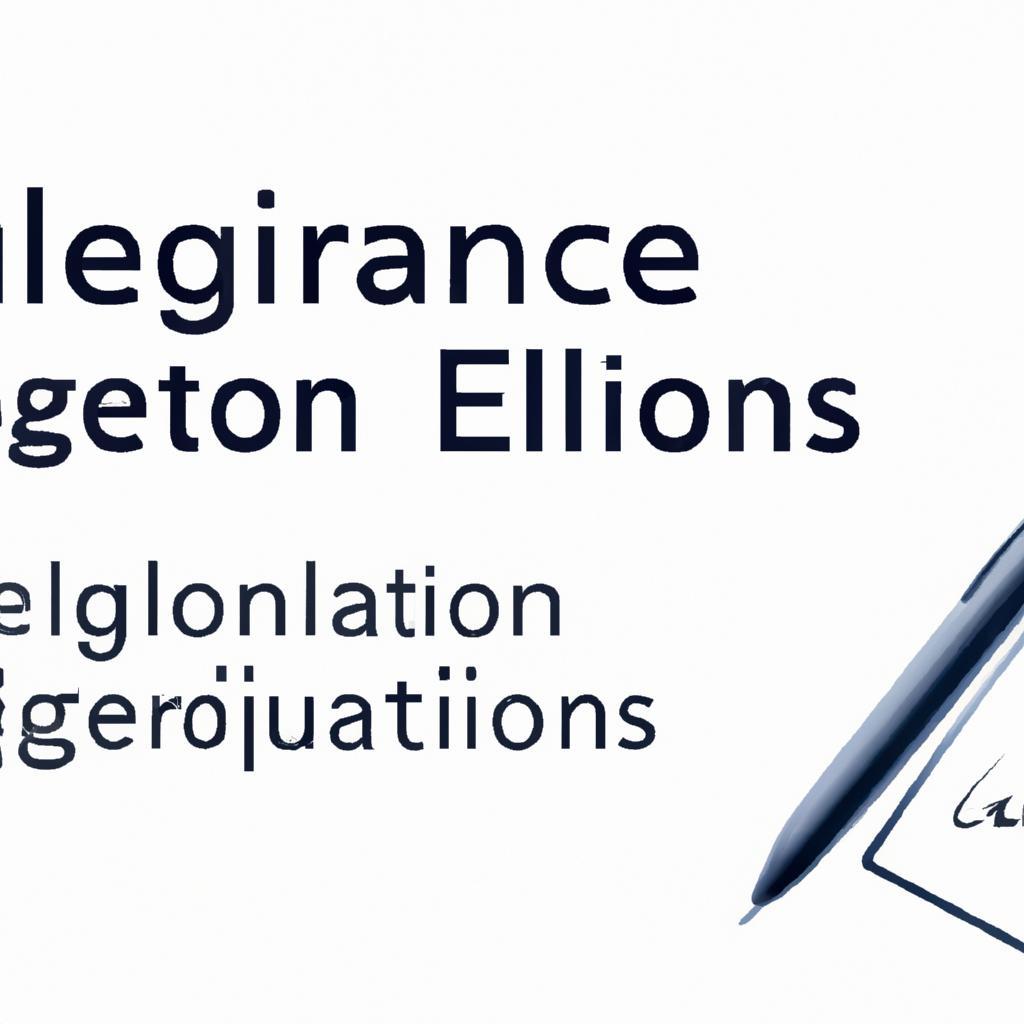In an increasingly digital world where transactions and agreements are often just a click away, the rise of electronic signatures has revolutionized the way we conduct business and formalize agreements. But amidst the convenience and innovation, questions about their legal validity and security loom large. What makes an electronic signature legally binding? How can individuals and businesses protect themselves from potential pitfalls? In this article, we delve into the intricacies of electronic signatures, exploring their legal foundations and offering essential tips to safeguard your interests. Together, we will unravel the complexities of this modern tool, ensuring you navigate the digital landscape with both confidence and clarity.
Navigating the Landscape of Electronic Signatures and Their Legal Recognition
In today’s digital age, understanding the intricacies of electronic signatures is crucial for both individuals and businesses. The legal recognition of these signatures varies by jurisdiction, but many countries have established frameworks to endorse their use. Important elements to consider include:
- Compliance: Ensure your e-signature platform adheres to local e-signature laws like the ESIGN Act in the U.S. or eIDAS in Europe.
- Authentication: Employ reliable methods to verify the signer’s identity, incorporating two-factor authentication or biometric options.
- Record Keeping: Maintain detailed logs and records of transactions to serve as evidence in future disputes.
- Contract Clarity: Clearly state the acceptance of electronic signatures within the terms of the contract.
To visualize the differences in legal frameworks for electronic signatures across a few key jurisdictions, consider the following table:
| Country | Law/Regulation | Type of Signature Validated |
|---|---|---|
| United States | ESIGN Act | Total Electronic Signatures |
| European Union | eIDAS Regulation | Advanced and Qualified Signatures |
| Canada | PIPEDA | Electronic and Digital Signatures |
By navigating these aspects thoughtfully, you can harness the power of electronic signatures while ensuring compliance and security in your digital transactions.

Essential Strategies for Safeguarding Your Electronic Signature Transactions
In an increasingly digital world, protecting your electronic signature transactions is paramount. To enhance the security of your e-signatures, consider implementing the following strategies:
- Use Secure Platforms: Opt for well-known, secure e-signature services that comply with industry standards.
- Two-Factor Authentication: Enable two-factor authentication to add an extra layer of security to your signing process.
- Regular Audits: Conduct regular audits of your electronic transactions to identify and mitigate any vulnerabilities.
- Educate Yourself and Others: Stay informed about the latest security practices and share this knowledge with others involved in electronic transactions.
- Document Security: Ensure all documents are securely stored and encrypted to prevent unauthorized access.
Additionally, maintaining an organized overview of your electronic signature practices can help enhance your defenses. Consider the following table to track potential risks and responses:
| Potential Risk | Suggested Response |
|---|---|
| Phishing Attacks | Use email verification and sender validations. |
| Data Breaches | Implement strong encryption and access controls. |
| Identity Theft | Regularly change passwords and monitor account activity. |
The Way Forward
As we navigate the intricate landscape of digital interactions, understanding electronic signatures has never been more vital. These seemingly simple marks carry the weight of legal validity, transforming the way we conduct business, sign agreements, and protect our identities in an increasingly digital world. With the right knowledge and precautions, you can confidently embrace this technology, ensuring that your electronic transactions are secure and respected.
whether you’re a business owner, a freelancer, or someone simply looking to simplify your personal affairs, mastering the nuances of electronic signatures equips you with a powerful tool in today’s fast-paced environment. As you move forward, remember to stay informed, utilize best practices, and safeguard your digital footprint. After all, in the realm of the virtual, a signature may be just a click away, but the importance of understanding it well is paramount. Here’s to forging secure pathways in the electronic age!


